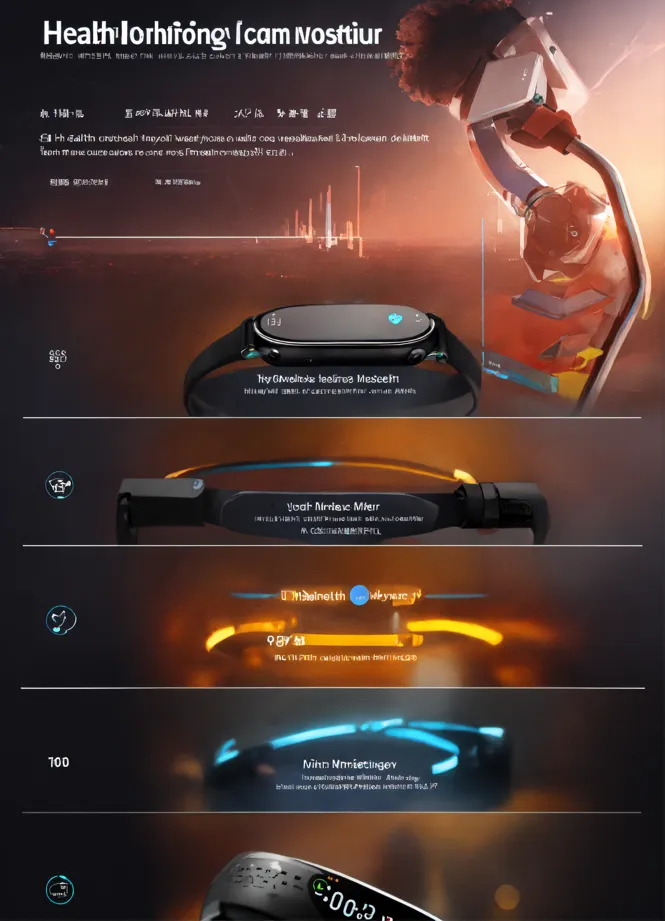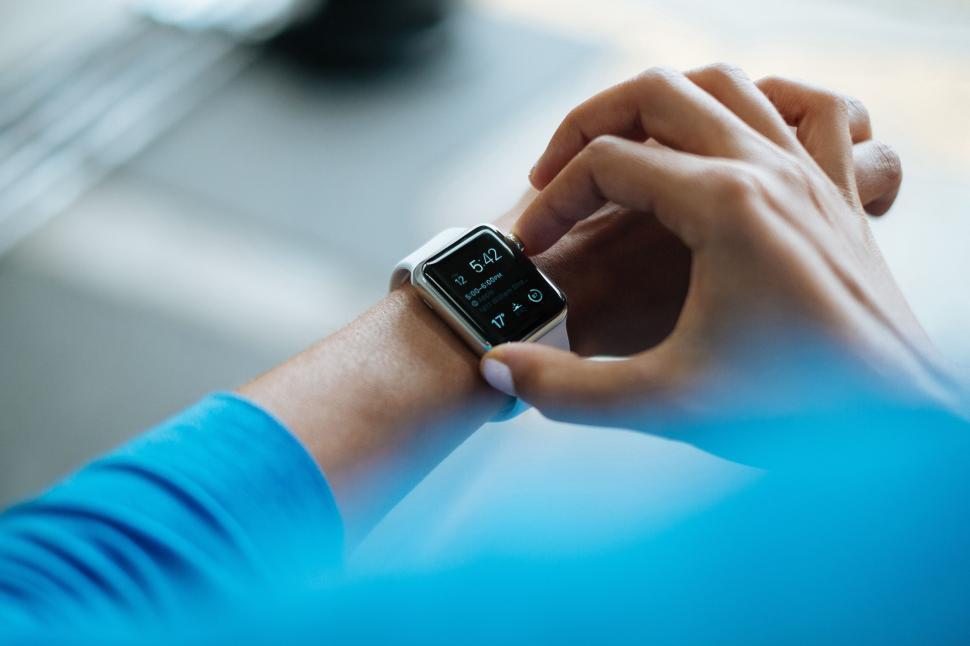The Need For Real-Time Device Tracking
페이지 정보
작성자 Jeffrey 작성일 25-09-18 03:28 조회 31 댓글 0본문
We are increasingly surrounded by clever IoT devices, which have change into a necessary a part of our lives and an integral element of enterprise and industrial infrastructures. Smart watches report biometrics like blood strain and heartrate; sensor hubs on long-haul trucks and delivery autos report telemetry about location, engine and cargo health, and driver conduct; sensors in good cities report traffic flow and unusual sounds; card-key entry devices in companies track entries and portable tracking tag exits within companies and factories; cyber agents probe for unusual behavior in giant network infrastructures. The listing goes on. How are we managing the torrent of telemetry that flows into analytics programs from these units? Today’s streaming analytics architectures will not be geared up to make sense of this quickly altering data and react to it as it arrives. The perfect they'll normally do in actual-time utilizing general objective instruments is to filter and look for patterns of interest. The heavy lifting is deferred to the again office. The next diagram illustrates a typical workflow.

Incoming information is saved into data storage (historian database or log store) for question by operational managers who must try to seek out the best precedence points that require their attention. This knowledge is also periodically uploaded to an information lake for offline batch evaluation that calculates key statistics and appears for massive traits that can help optimize operations. What’s missing in this picture? This structure doesn't apply computing sources to track the myriad knowledge sources sending telemetry and constantly look for points and opportunities that want speedy responses. For example, if a well being portable tracking tag device signifies that a selected particular person with recognized well being condition and medications is likely to have an impending medical difficulty, this individual needs to be alerted within seconds. If temperature-delicate cargo in a long haul truck is about to be impacted by an erratic refrigeration system with known erratic behavior and restore history, the driver must be knowledgeable immediately.

While offline, large data analytics can provide deep introspection, they produce solutions in minutes or hours instead of milliseconds, so they can’t match the timeliness of in-reminiscence computing on dwell information. The following diagram illustrates the addition of actual-time system monitoring with in-memory computing to a conventional analytics system. Note that it runs alongside current components. Let’s take a closer have a look at today’s conventional streaming analytics architectures, which can be hosted within the cloud or on-premises. As proven in the following diagram, a typical analytics system receives messages from a message hub, reminiscent of Kafka, which buffers incoming messages from the data sources till they can be processed. Most analytics methods have event dashboards and perform rudimentary real-time processing, which may include filtering an aggregated incoming message stream and extracting patterns of interest. Conventional streaming analytics methods run either handbook queries or automated, log-based queries to establish actionable occasions. Since large knowledge analyses can take minutes or hours to run, they're usually used to search for large tendencies, like the gas efficiency and on-time delivery rate of a trucking fleet, iTagPro official as a substitute of emerging issues that need speedy consideration.
 These limitations create a possibility for actual-time device monitoring to fill the hole. As proven in the following diagram, an in-reminiscence computing system performing real-time system tracking can run alongside the opposite components of a standard streaming analytics solution and supply autonomous introspection of the information streams from each machine. Hosted on a cluster of physical or digital servers, it maintains memory-based state data concerning the historical past and dynamically evolving state of each information source. As messages flow in, the in-reminiscence compute cluster examines and analyzes them separately for each knowledge supply utilizing software-outlined analytics code. This code makes use of the device’s state data to assist establish emerging points and trigger alerts or suggestions to the machine. In-memory computing has the speed and scalability needed to generate responses inside milliseconds, iTagPro product and it can consider and report aggregate traits every few seconds. Because in-reminiscence computing can retailer contextual information and course of messages individually for each information supply, it might probably manage utility code utilizing a software program-based mostly digital twin for each device, as illustrated in the diagram above.
These limitations create a possibility for actual-time device monitoring to fill the hole. As proven in the following diagram, an in-reminiscence computing system performing real-time system tracking can run alongside the opposite components of a standard streaming analytics solution and supply autonomous introspection of the information streams from each machine. Hosted on a cluster of physical or digital servers, it maintains memory-based state data concerning the historical past and dynamically evolving state of each information source. As messages flow in, the in-reminiscence compute cluster examines and analyzes them separately for each knowledge supply utilizing software-outlined analytics code. This code makes use of the device’s state data to assist establish emerging points and trigger alerts or suggestions to the machine. In-memory computing has the speed and scalability needed to generate responses inside milliseconds, iTagPro product and it can consider and report aggregate traits every few seconds. Because in-reminiscence computing can retailer contextual information and course of messages individually for each information supply, it might probably manage utility code utilizing a software program-based mostly digital twin for each device, as illustrated in the diagram above.
- 이전글 If You Don't Purim Now, You'll Hate Yourself Later
- 다음글 What's Holding Back From The How Can I Buy IELTS Certificate Industry?
댓글목록 0
등록된 댓글이 없습니다.



